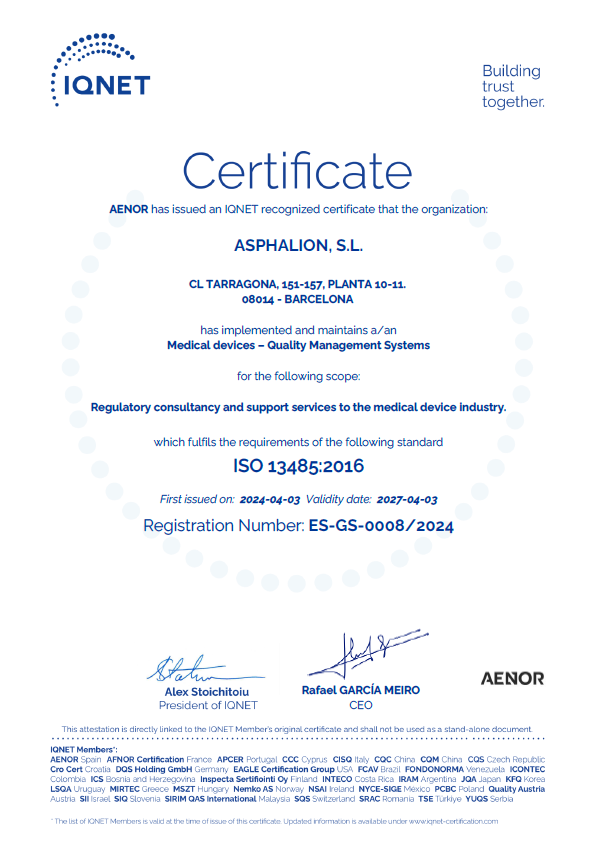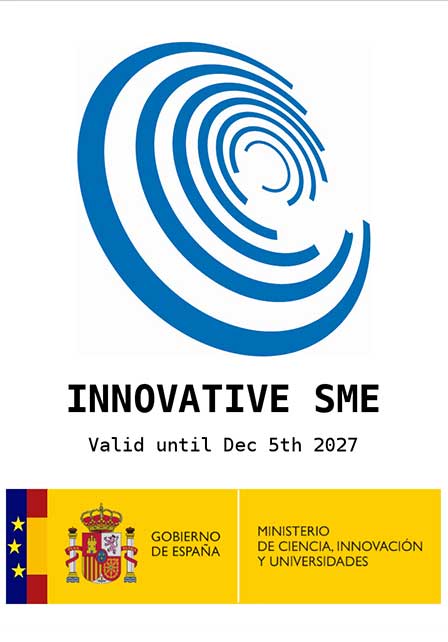Introduction
In recent years, the field of medical device regulation has undergone significant changes, notably marked by the introduction of the Unique Device Identification (UDI) system, a crucial development in the sector. This post explores the vital role of UDI systems in enhancing healthcare, focusing on their core principles, implementation strategies, and the broad spectrum of benefits they offer. At the core of these advantages is the improvement of device traceability and the enhancement of patient safety. As medical technology continues to advance and redefine the boundaries of healthcare, the UDI system stands as a testament to the unwavering commitment to patient safety, providing a reliable method for the precise tracking and identification of medical devices.
What is Unique Device Identification (UDI)?
The Unique Device Identification (UDI) system is a powerful regulatory tool designed to uniquely identify medical devices through their distribution and use. A UDI is a unique string of alphanumeric characters that includes device-specific information such as the manufacturer’s name, the product’s model, and expiration date if applicable. This system was developed to facilitate easier tracking of medical devices throughout their lifecycle, thereby significantly enhancing patient safety and device traceability.
Implementing UDI Systems
The implementation of UDI systems varies across regions, complying with certain regulatory requirements. For instance, the US Food and Drug Administration (FDA) mandates UDI labeling and registration for most medical devices, while the European Union’s Medical Device Regulation (MDR) follows a similar approach. These regulations define UDI as a combination of two key elements:
- Device Identifier (DI): A unique identification code assigned by the
manufacturer, encompassing specific details like the labeler, product code, and
production batch. - Production Identifier (PI): An optional element providing information about the
specific unit of the device, relevant for implantable or reusable devices.
UDI implementation involves integrating these identifiers into various points of the medical device lifecycle. Manufacturers of medical devices are required to label their products with a UDI and submit device information to a publicly accessible database. This requires updating packaging and labeling processes to incorporate scannable barcodes or human-readable codes encoding the UDI. Healthcare providers, including hospitals and clinics and other stakeholders, then capture and share UDI data at various stages, from procurement and inventory management to patient care, adverse event reporting, and recall facilitation. UDI data must be integrated into their electronic health record (EHR) systems. This allows for more effective tracking and management of medical devices within their settings.
Benefits of UDI Systems
UDI systems do much more than just identify medical devices. They bring many benefits that help keep track of medical devices better, which in turn makes things safer for patients. The implementation of UDI systems offers the following benefits:
- Improve Device Traceability: UDIs allow for the precise identification and tracking of medical devices throughout their lifecycle, from manufacturing to end of use.
- Facilitate Recall Management: Identifying and locating specific devices through their UDI becomes significantly easier in case of safety concerns or product recalls. This rapid and precise tracking minimizes patient exposure to potentially harmful devices, maximizing recall effectiveness.
- Enhance Patient Safety: By enabling better tracking and monitoring of devices, UDIs contribute to reducing medical errors. They allow healthcare providers to access accurate device information, ensuring that the right device is used for the right patient.
- Increase Patient Confidence: Knowing that their medical devices are uniquely identifiable and tracked throughout their journey can lead to a sense of security.
- Streamlined Supply Chain Management: UDI data fosters transparency and accountability within the medical device supply chain. Stakeholders can efficiently track device movement through healthcare facilities, reducing the risk of errors and facilitating optimal inventory management.
- Assures Regulatory Compliance: For manufacturers, UDIs provide a standardized method of meeting regulatory requirements, aiding in compliance with global regulations.
- Data-Driven Decision-Making: UDIs generate a large amount of data that can be used for post-market surveillance, helping manufacturers and regulators make informed decisions based on device performance and safety trends.
- Streamlined Data Exchange and Integration: The standardization of UDI across various regions facilitates efforts for the sharing of data among different healthcare systems. This may enable international cooperation in the regulation, monitoring, and evaluation of risks associated with medical devices.
Challenges and Considerations
Implementing the UDI system can be complex, as there are several challenges to overcome. Making sure the data quality is consistent throughout the supply chain and getting different UDI systems to work well together are ongoing tasks. It’s also key to teach healthcare professionals about the system and get it used in a variety of healthcare places to really make the most of it.
It’s good to keep in mind that UDI is always getting better. It’s being updated and improved to meet new challenges and take advantage of the latest technology. Looking ahead, there’s potential for UDI to be more closely linked with other healthcare information systems. This could lead to clearer and faster access to data, which would help keep patients even safer.
Conclusion
The implementation of Unique Device Identification (UDI) systems represents a significant advancement in the regulation of medical devices. More than just a regulatory requirement, UDI represents a revolutionary change that reshapes traceability and patient safety in healthcare. It benefits not only healthcare providers and patients by enhancing device traceability but also assists manufacturers in streamlining regulatory compliance. As the medical device industry evolves, the UDI system plays a crucial role in ensuring the safe and effective use of medical devices globally. By engaging with UDI and contributing to its ongoing development, medical professionals, healthcare providers, and regulatory authorities can collectively foster a healthcare environment where precise device identification leads to superior care and optimal patient outcomes. Investing in this robust system guarantees that every medical device, from basic bandages to complex implants, promotes a commitment to patient safety.






















